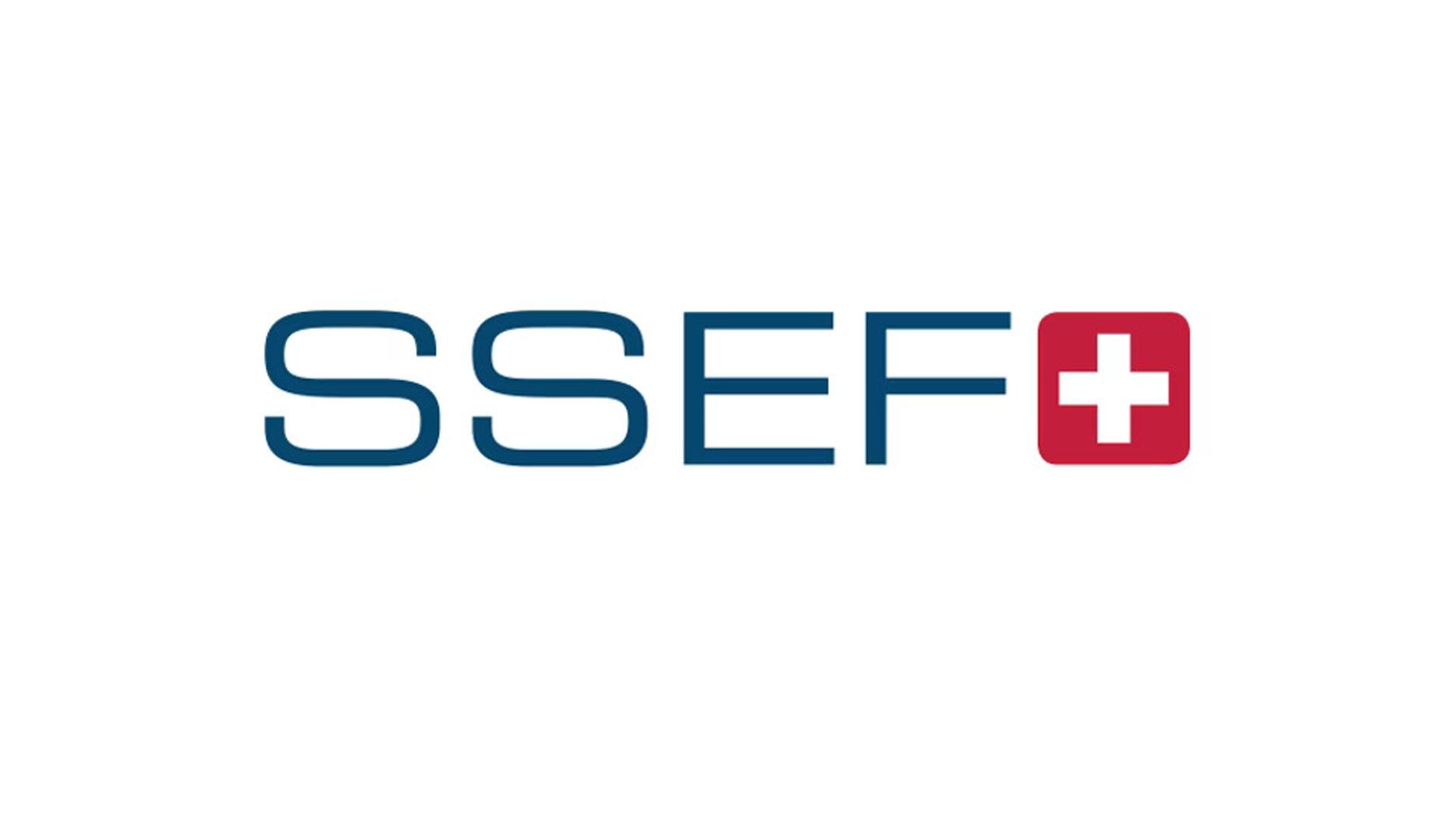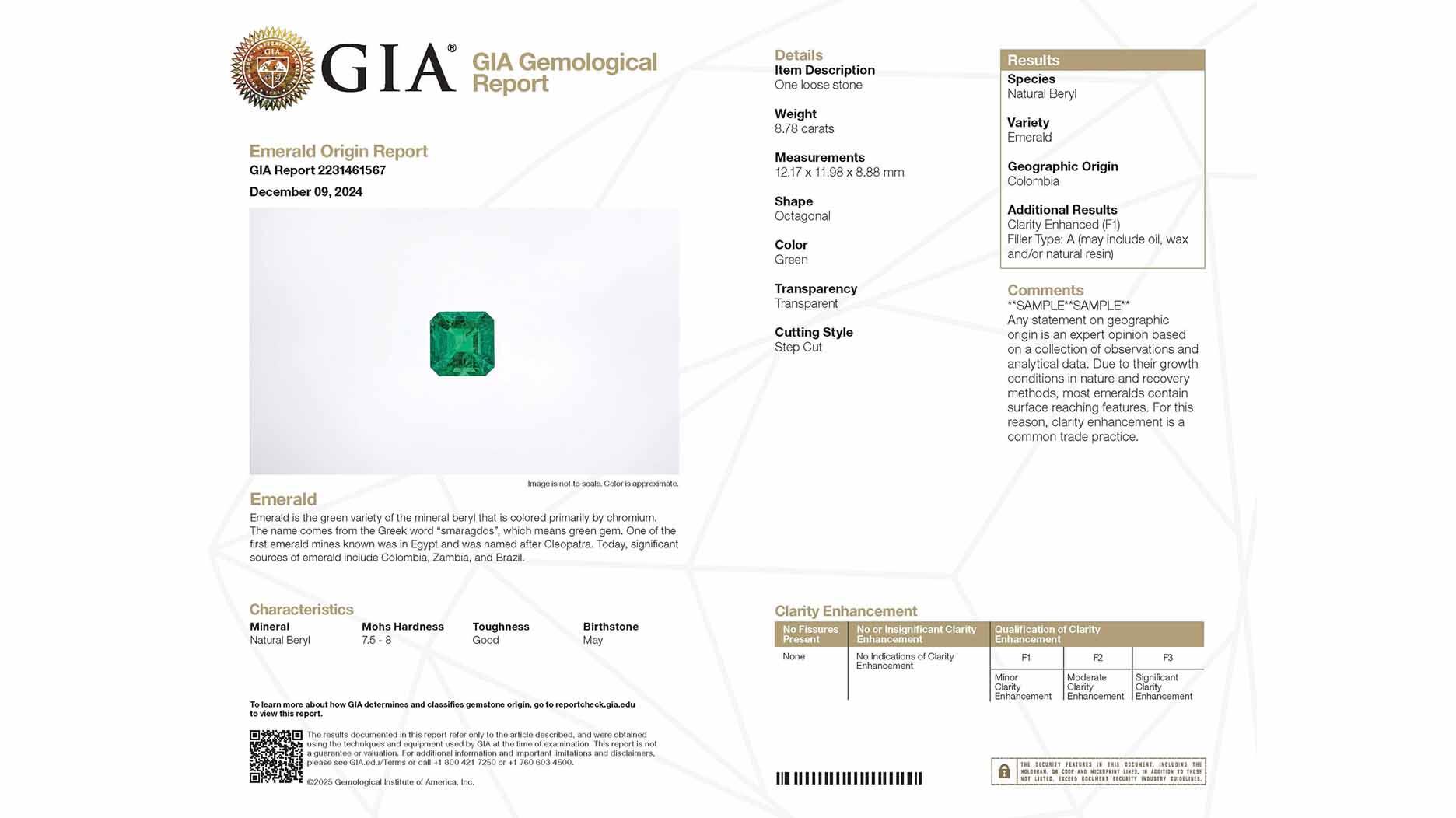The special-edition egg pendant ingested in a New Zealand jewelry store was recovered after a six-day wait.
GIA’s synthetic detection device debuts
The Gemological Institute of America has developed, and will sell to the trade, a screening device for the detection of lab-grown as well as high-pressure, high-temperature (HPHT) treated diamonds.

New York--The Gemological Institute of America has developed, and will sell to the trade, a screening device for the detection of lab-grown as well as high-pressure, high-temperature (HPHT) treated diamonds.
Unveiled to members of the trade press Monday at the GIA’s New York laboratory, the table-top device, called the DiamondCheck, is about the size of a toaster oven and can be used to test diamonds from one point to 10 carats in size.
It takes a single stone at a time. The diamond is inserted table down via a small black hatch that slides open at the top of the device, which is a Thermo Scientific Fourier transform infrared spectrometer loaded with GIA software developed using years of diamond data.
The machine gives users one of three results about the inserted stone: it is a natural diamond; it is a diamond but should be referred to a lab for further testing because it could be synthetic or treated; or it is non-diamond material such as moissanite or cubic zirconia, though the device does not specify the type of material.
GIA Senior Vice President of Laboratory and Research Tom Moses said Monday that the device is 100 percent accurate if used properly.
The GIA is leasing the DiamondCheck to eight bourses worldwide at no cost, beginning this week with the New York bourse and then going on to bourses in major trading centers worldwide including Tel Aviv, Johannesburg, Shanghai and Dubai, among others.
In addition, GIA Instruments will sell the DiamondCheck, which is priced at $23,900, to interested members of the trade and any bourses that require more than one machine. Moses said a number of diamond dealers and “major retailers” have inquired about buying the device, though he declined to give any specific names.
In exchange for the devices, the bourses, which will operate the DiamondCheck using an internal employee trained by the GIA, will send the machines’ data to the GIA, which will use it to broaden its understanding on the type and number of synthetics on the market.
The undisclosed mixing of synthetics with natural, mined diamonds, in melee specifically, has been an issue in the trade for the past several years, particularly after a parcel of hundreds of undisclosed synthetics turned up at the International Gemological Institute’s facility in Antwerp in the spring of 2012.
Yet the truth is that no one entity
Moses mentioned Monday that the GIA recently came across a diamond grown using the CVD process that was Type Ia. Up until that point, lab-grown diamonds were Type IIa.
“What we get back from this is more spectra, more experience,” said GIA board member and scientist Rodney Ewing, the Frank Stanton professor in nuclear security at Stanford University.
The GIA’s DiamondCheck device joins other synthetic detection devices already on the market.
In the late 1990s, De Beers’ research and development arm introduced the DiamondSure and DiamondView machines, which are used in grading labs worldwide, including at the GIA.
The diamond miner and marketer also developed a synthetic melee detector in recent years that can batch test melee.
A De Beers spokeswoman said Tuesday that the company is now in the process of manufacturing the Automated Melee Screening Device and will lease it to sightholders in the second quarter and provide one to the International Institute of Diamond Grading & Research laboratory in Antwerp later in the year, which would be open to the general trade.
While the DiamondCheck can test diamonds as small as one point and generally takes less than 10 seconds to scan a stone, the machine’s one-at-a-time loading function is not ideal for dealers wanting to test large parcels of melee.
Moses said the GIA could add an automatic feed capability to the DiamondCheck in the future, making it easier to test large batches of melee.
For now, though, the lab focused on immediately supplying a tool to help alleviate market fears about undisclosed synthetics entering the supply pipeline. “We really wanted to come up with a solution that we could get out to the industry as soon as possible,” Moses said.
The Latest

Associate Editor Natalie Francisco plays favorites with Piece of the Week, selecting a standout piece of jewelry from each month of 2025.

The “Love and Desire” campaign is inspired by the magic that follows when one’s heart leads the way, said the brand.

How Jewelers of America’s 20 Under 40 are leading to ensure a brighter future for the jewelry industry.

Berta de Pablos-Barbier will replace Alexander Lacik at the start of January, two months earlier than expected.


Sotheby’s held its first two jewelry sales at the Breuer building last week, and they totaled nearly $44 million.

Winners will receive free registration and lodging for its fourth annual event in Detroit.

Roseco’s 704-page catalog showcases new lab-grown diamonds, findings, tools & more—available in print or interactive digital editions.

Here are six ideas for making more engaging content for Instagram Reels and TikTok, courtesy of Duvall O’Steen and Jen Cullen Williams.

The honorees include a notable jewelry brand, an industry veteran, and an independent retailer.

Carlos Jose Hernandez and Joshua Zuazo were sentenced to life without the possibility of parole in the 2024 murder of Hussein “Sam” Murray.

Yood will serve alongside Eduard Stefanescu, the sustainability manager for C.Hafner, a precious metals refiner in Germany.

The New Orleans jeweler is also hosting pop-up jewelry boutiques in New York City and Dallas.

Set in a Tiffany & Co. necklace, it sold for $4.2 million, the highest price and price per carat paid for a Paraíba tourmaline at auction.

The jeweler’s “Deep Freeze” display showcases its iconic jewelry designs frozen in a vintage icebox.

Take luxury gifting to new heights this holiday season with the jeweler’s showstopping 12-carat sphene ring.

This year's theme is “Unveiling the Depths of the Ocean.”

In its annual report, Pinterest noted an increase in searches for brooches, heirloom jewelry, and ‘80s luxury.

The 111-year-old retailer celebrated the opening of its new location in Salem, New Hampshire, which is its third store in the state.

The new catalog features its most popular chains as well as new styles.

The filmmaker’s personal F.P. Journe “FFC” prototype was the star of Phillips’ recent record-setting watch auction in New York.

The new location in the Design District pays homage to Miami’s Art Deco heritage and its connection to the ocean.

Inflations, tariffs, and politics—including the government shutdown—were among consumers’ top concerns last month.

“Longtime favorite” presenters, as well as first-time speakers, will lead talks and workshops at the annual event in Tucson next year.

Silas Smith of Meridian Metalworks won the challenge with his pendant that blends Australian and American landscapes.

The sale of the 31.68-carat, sunset-hued stone was part of Sotheby’s first series of events and auctions in Abu Dhabi.

Most customers who walk into your store this month have made up their minds. Your job is to validate their choice, Emmanuel Raheb writes.



























